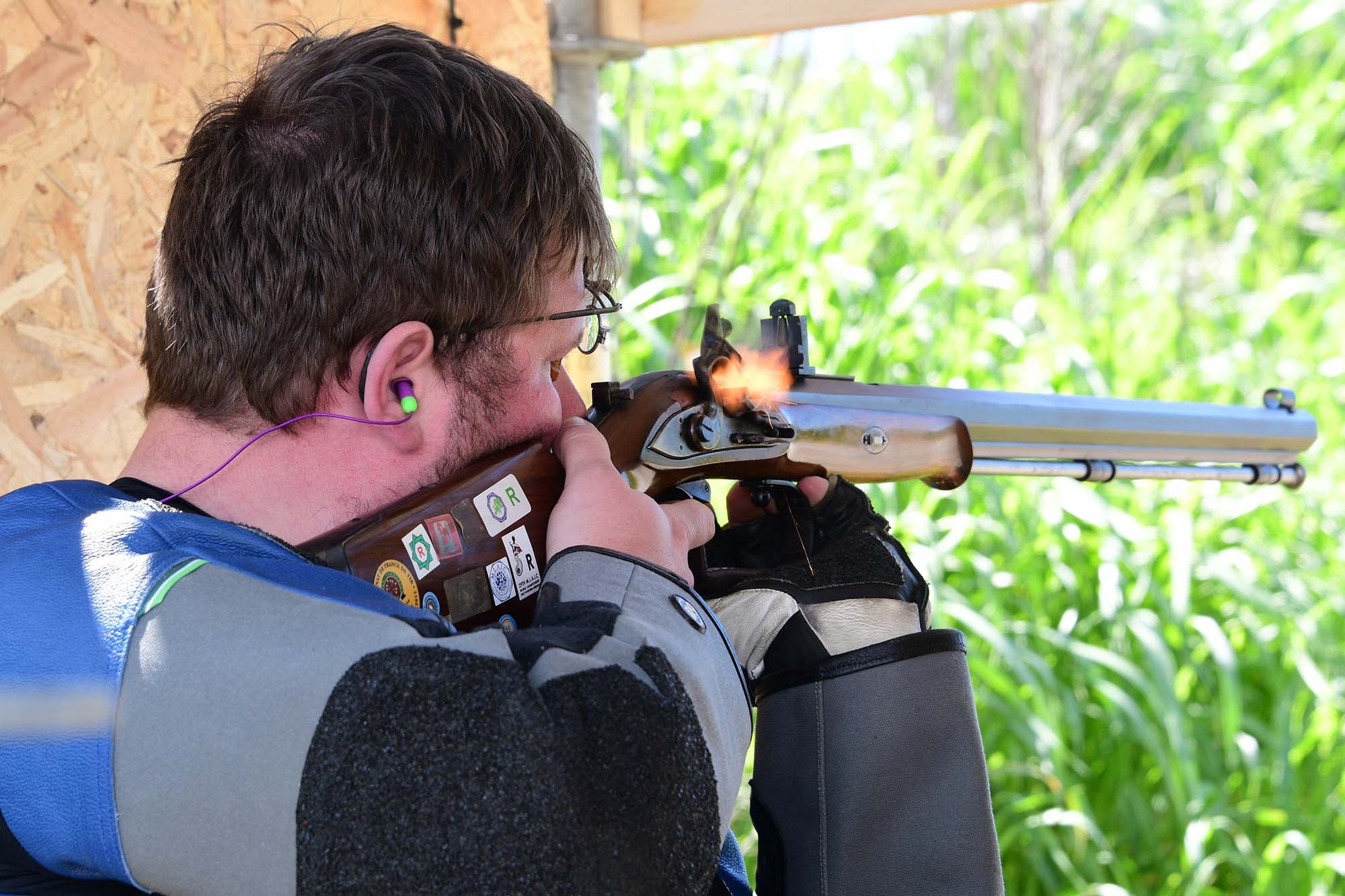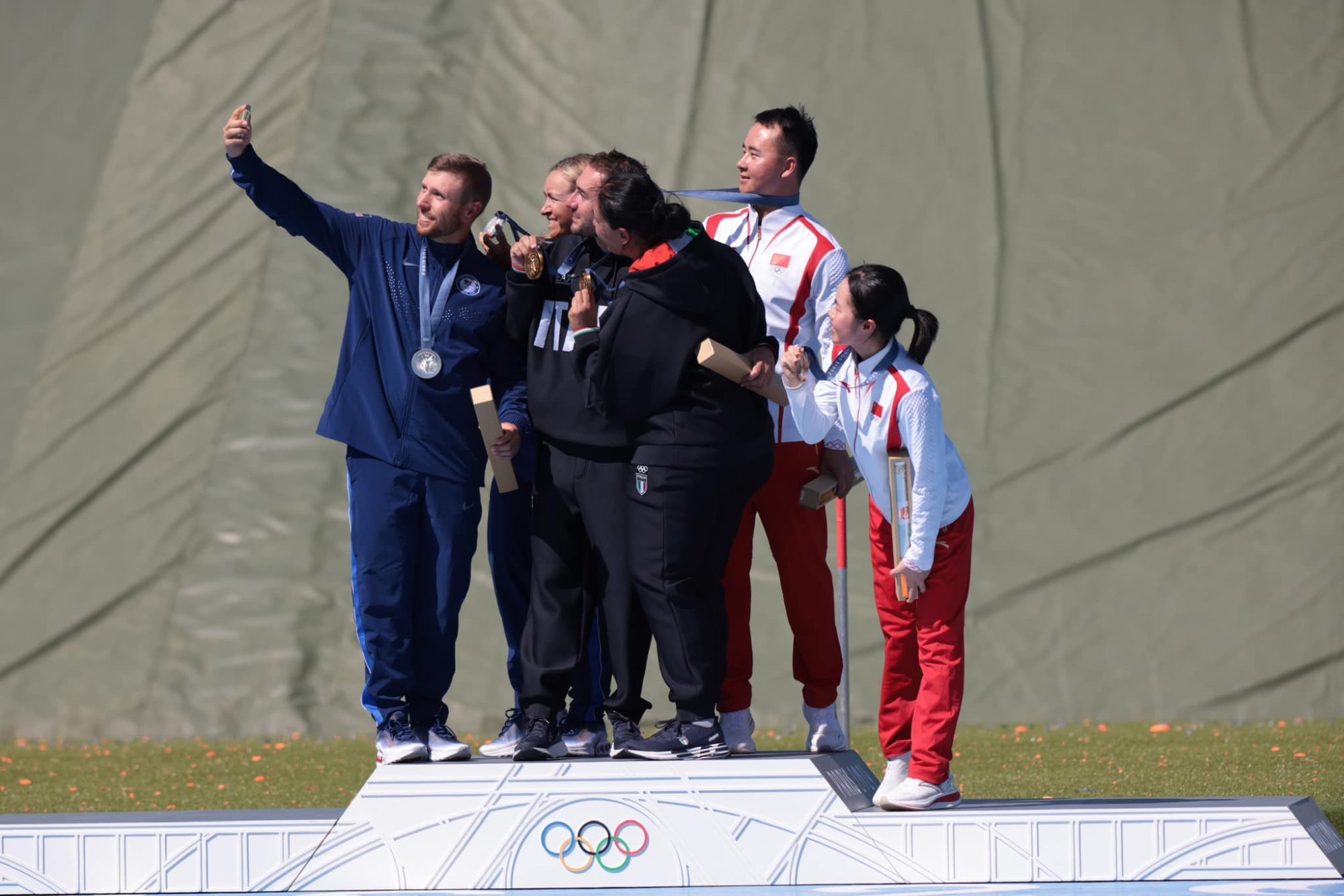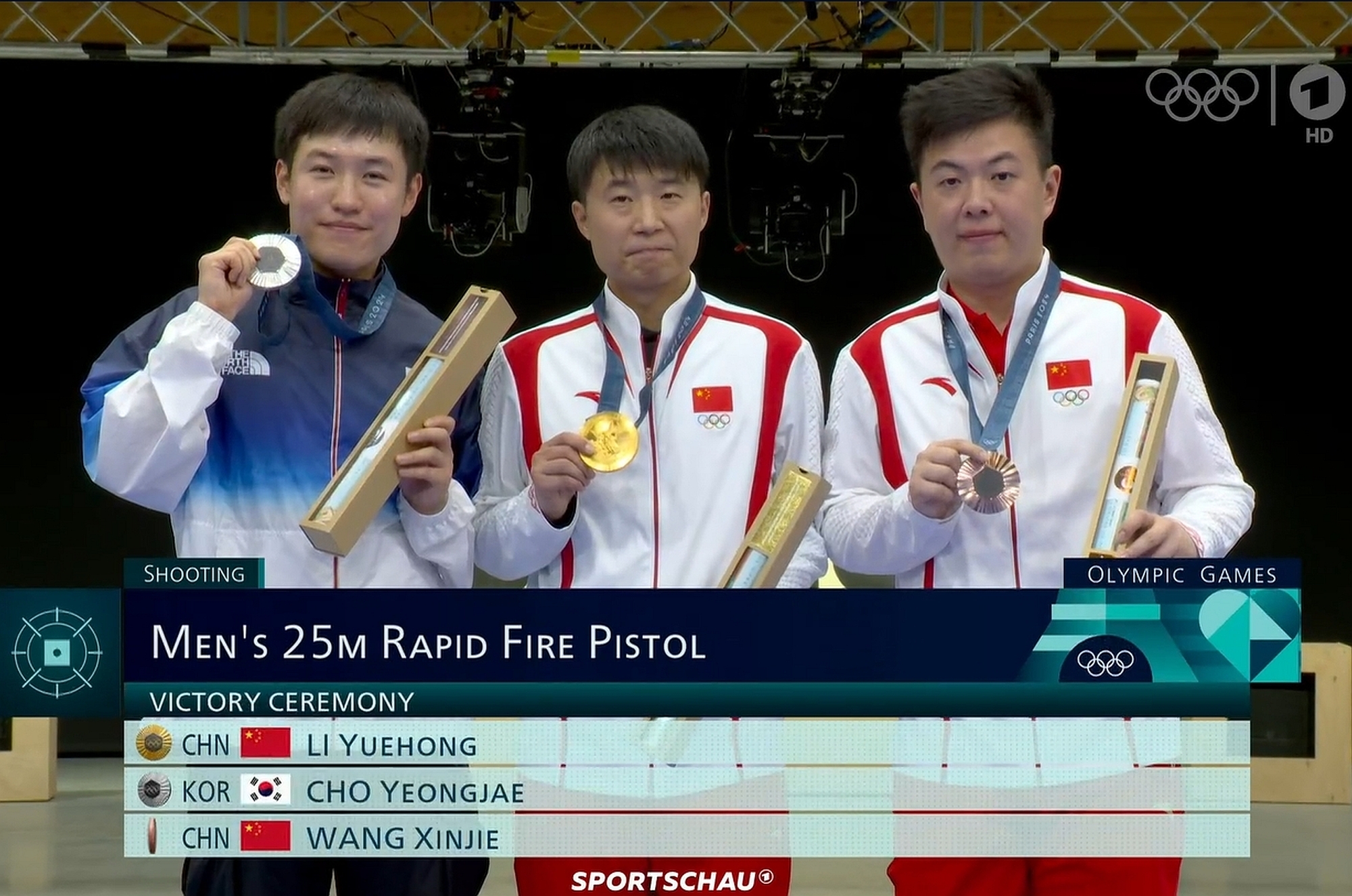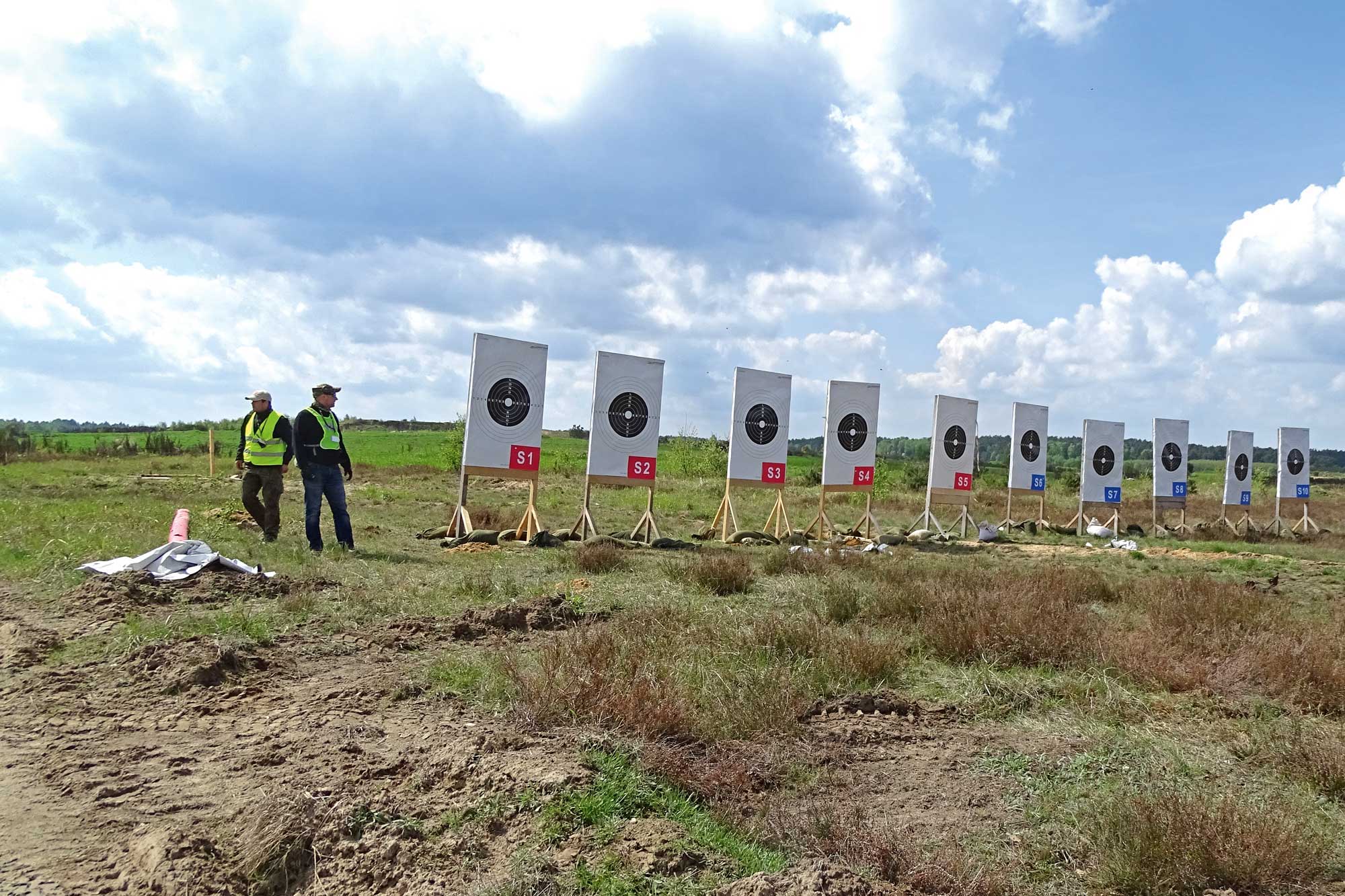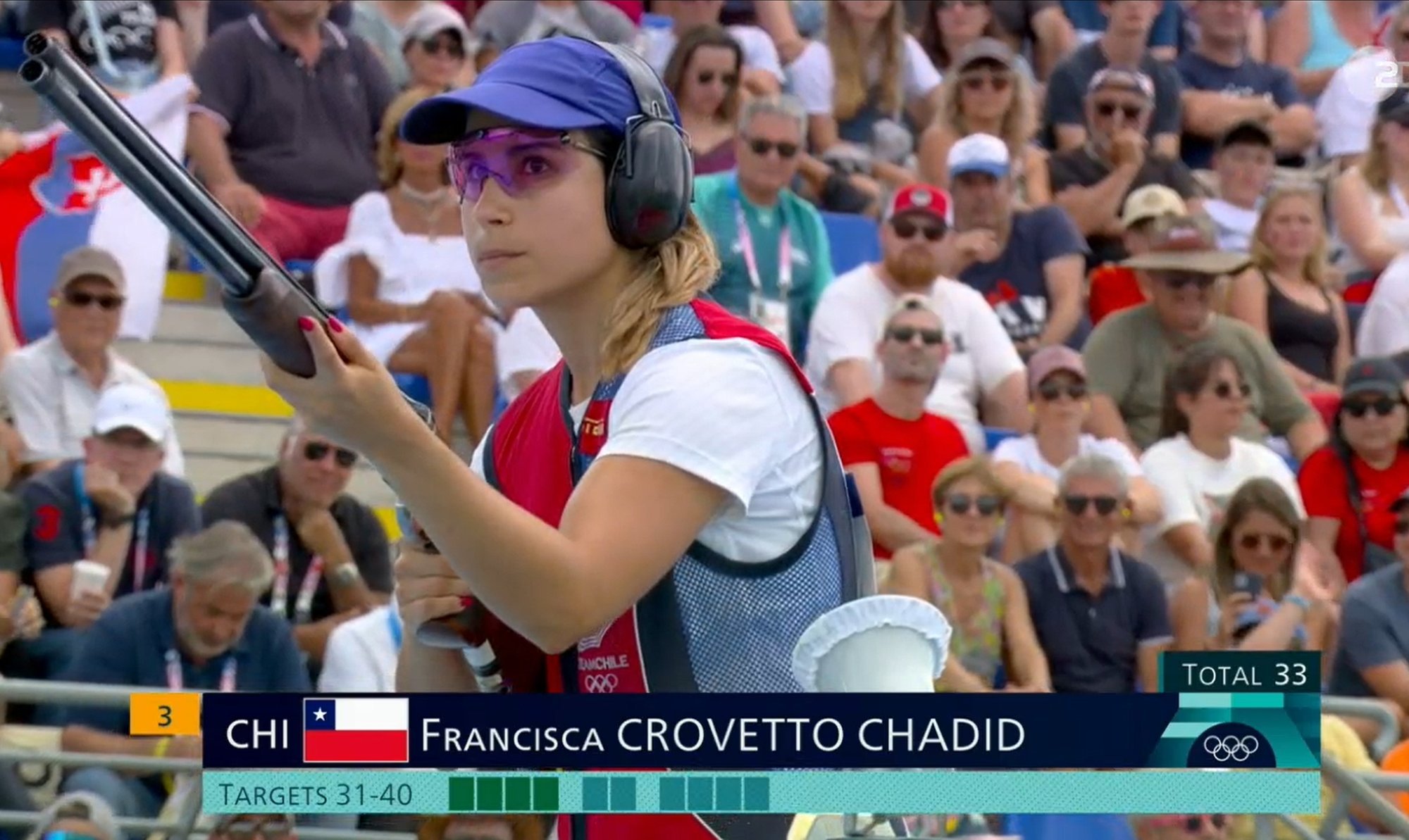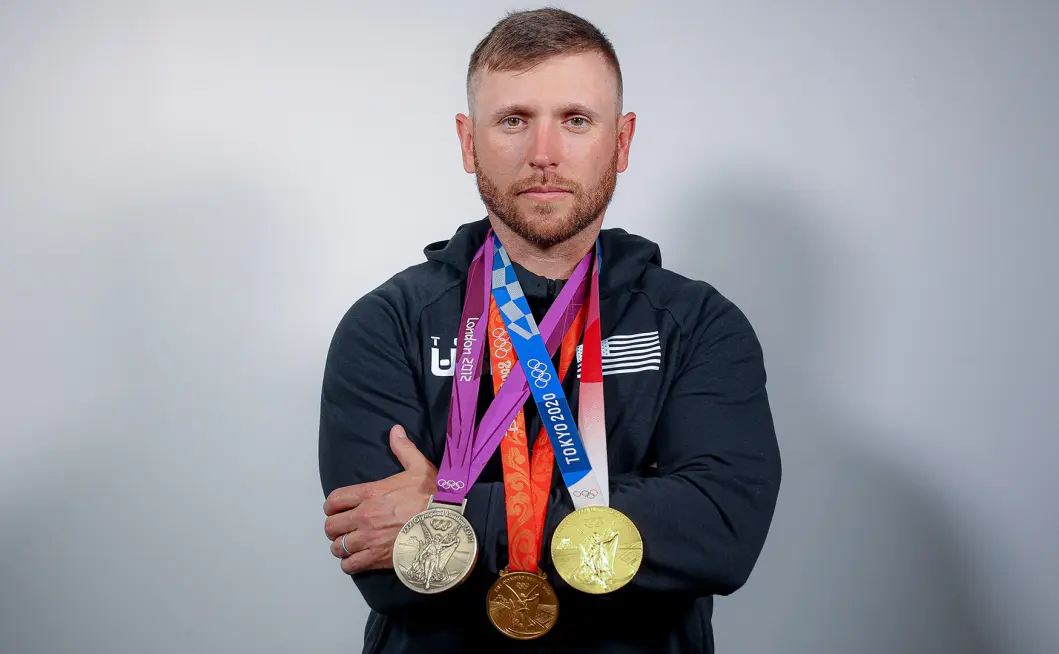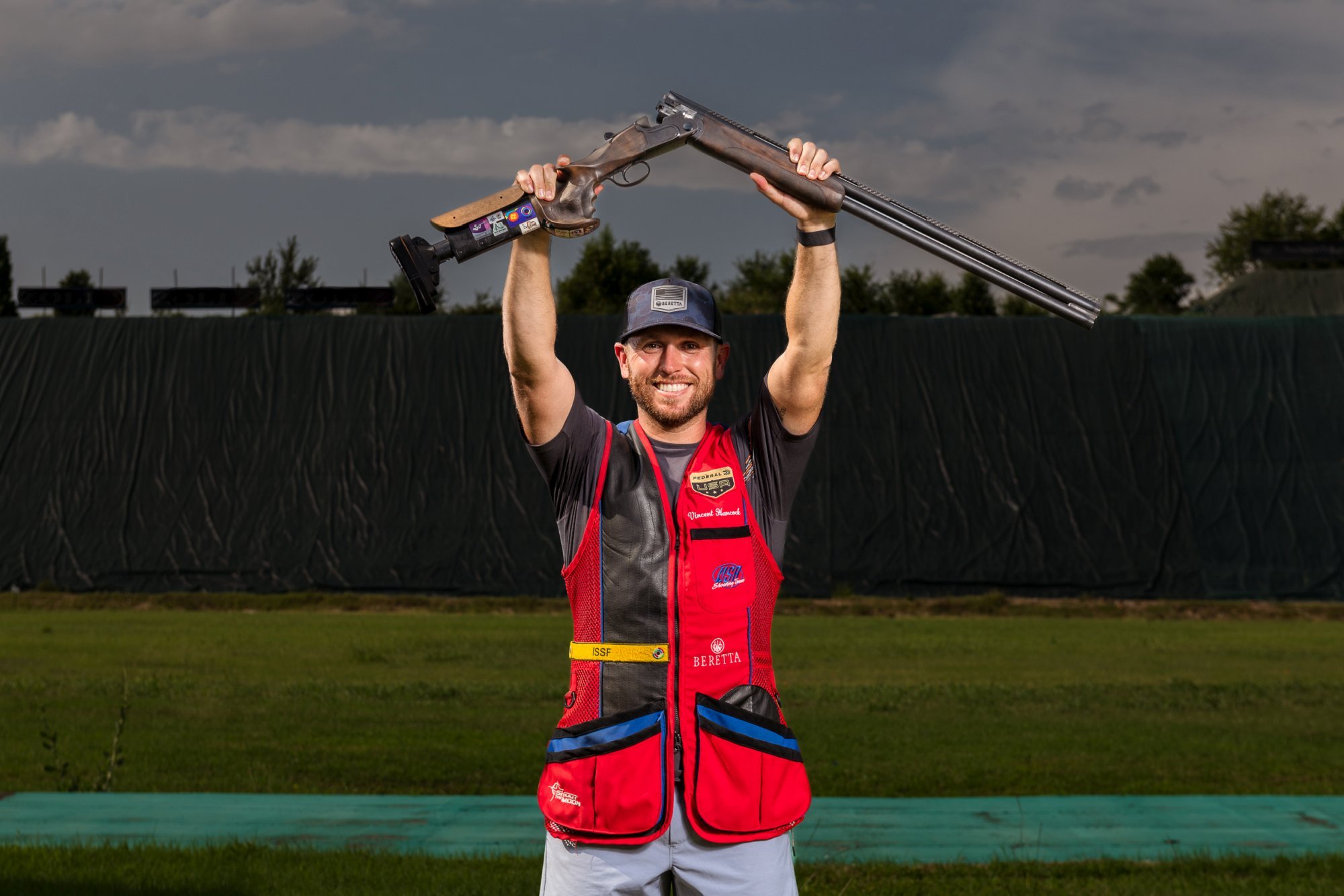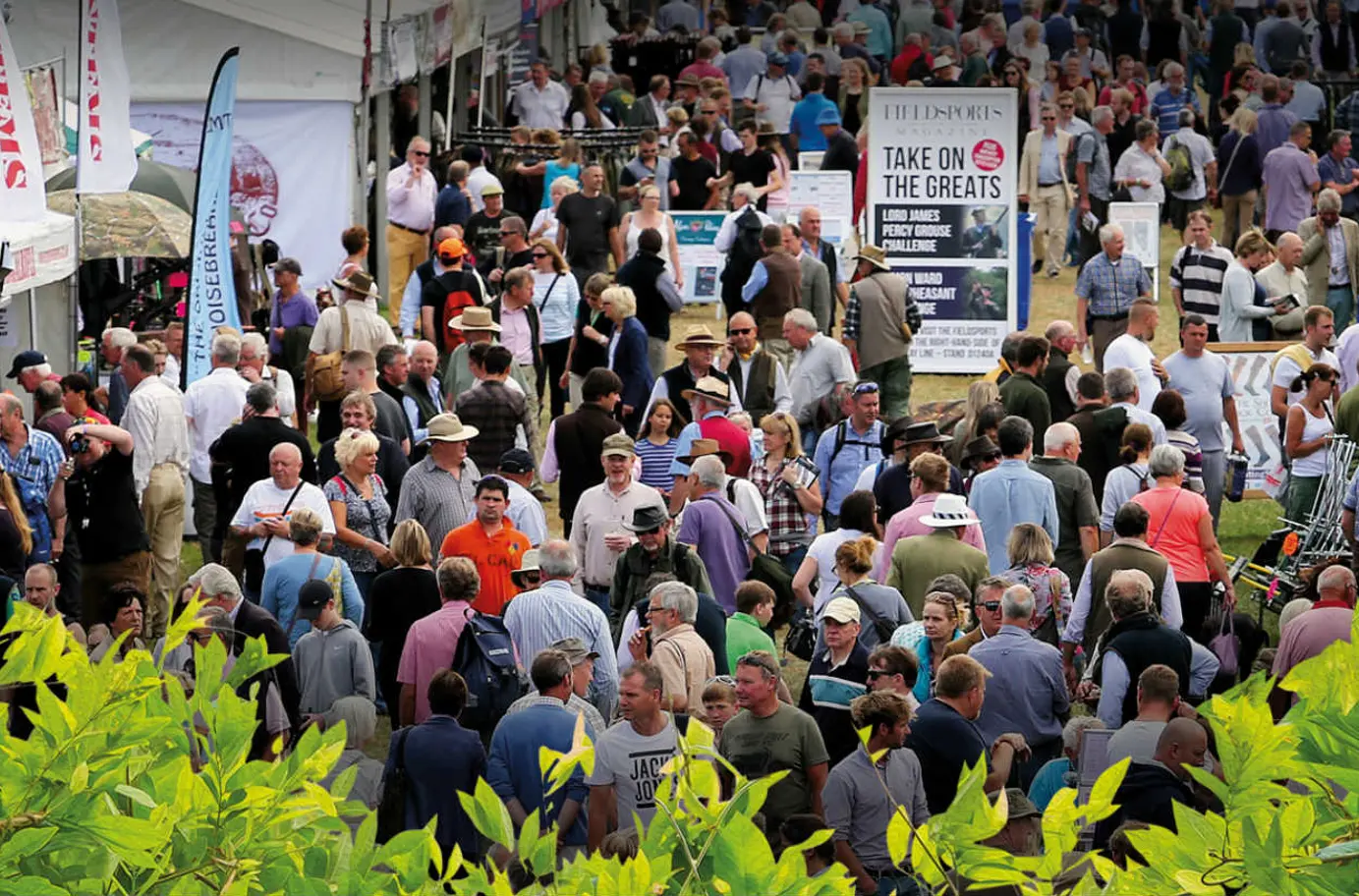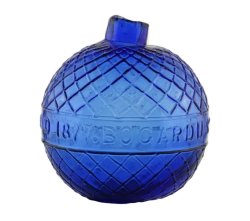
Clay shooting includes different disciplines: the Olympic ones are Trap and Skeet. Trap made its appearance in the second edition of Olympics held in Paris in 1900, albeit as an optional sport. It has officially been an Olympic discipline since Melbourne 1956 (the first gold was won by Italian Liano Rossini). Until Sydney 2000, when the women's event was also made official (gold to Lithuania's Daina Gudzinevičiūtė), men and women competed together.
The origins of this sport date back to the second half of the 1800s, when in Birmingham, UK, and later in the United States, the hobby of shooting at glass target balls similar to Christmas tree ornaments caught on. These were thrown by special machines, called "ball-traps", hidden from the shooter's view – hence the current name of the discipline.
New York captain Adam Henry Bogardus (1834-1913) was a world champion Trap shooter and the inventor of the first functional ball-trap for glass target balls.
This is how Trap works
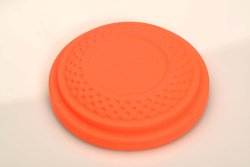
Essentially, the current Trap discipline consists in hitting a small clay target thrown upwards in front of the shooter with an unknown trajectory (left, right or center).
The targets are launched at high speed (around 120 km/h) from a pit 15 metres in front of the shooter, who always sees the target moving away and has two cartridges available to hit it. The pit is deep enough to hide the provided 15 throwing machines from the shooter's view. The pit is as long as the shooting course (20 metres). The throwing machines are divided into 5 groups of 3, each of which is positioned exactly in front of each station; the fact that each group consists of three machines means that there are three possible throwing points.
The shooter must walk along a five-station course, 20-meters long, with five other competitors: the sixth shooter reaches the first station, starting from the left, after the first shooter has fired. He/she moves up one station with each shot. As soon as the previous shooter has fired, the competing shooter can load and shoulder the shotgun, resting the buttstock on his/her shoulder and starts aiming. He/she "calls" the clay pigeon with a simple "oh" or "pull". The important thing is that the call is loud enough to be heard by the phono-pull that controls the clay pigeon thrower.
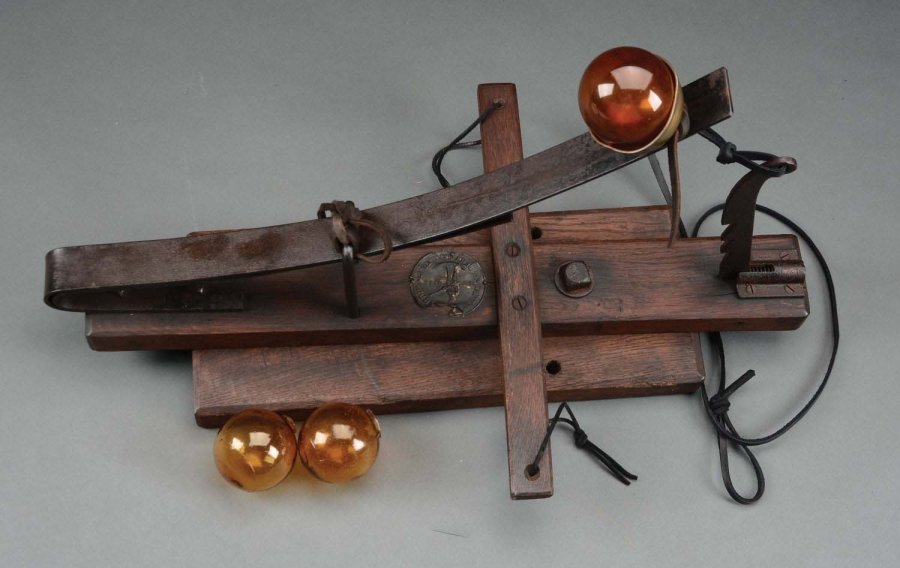
The double-barreled over-and-under shotgun is the tool for Trap shooting: always stable and balanced, with a "straight" stock, because you shoot whem you are already in position, and it can fire two shots. For the Trap discipline, it usually has barrels that are from 760- to 810-mm long and full choke, as the clay pigeon is hit at a distance of no less than 32-35 meters. The cartridges push 24 grams of shot at 1,440 km/h (400 m/sec). The shot swarm is capable of breaking the clay target, which has a diameter of 110 mm, a height of 25 mm and a weight of 105 grams. In finals, special clay pigeons, known as "flash clays", are used, which produce a highly-visible burst of colored dust that is highly visible to the television audience.
Three hot days at the end of July
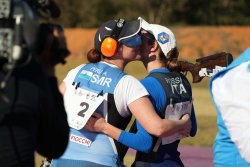
The Trap competitions in Paris begin on July 29, from 9 a.m. to 4 p.m., with the men's qualification, i.e. the first 75 clay targets in three rounds of 25; the following day the last two rounds of 25 from 9 a.m.m and the final in the late afternoon, by 5.05 p.m. The women's competition also starts on the 30th with the first 75 clay pigeons of Qualification Day 1 and ends with the last 50 clay pigeons of Qualification Day 2 and the final on the following day.
The formula for the final includes the added difficulty of shooting each clay pigeon with only one shot – "first barrel shot" as they say. The first six athletes from the qualifying rounds (any ties being settled with tie-breakers) shoot 25 clay pigeons and the last in the ranking is excluded and classified sixth, the next five clay pigeons are used to determine the fifth classified, then five more clay pigeons for the fourth and five more to determine the bronze medal. The last ten clay pigeons, up to the 50th one, decide the gold and silver medals.
Olympic Games favourites from Paris 2024
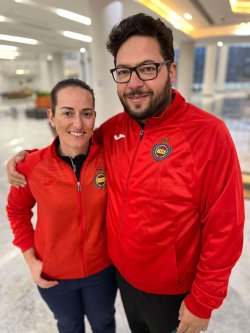
Who will get the medals in Paris? It is not easy to predict, but surprises are unlikely with respect to the ISSF event ranking, which sees the Spaniard Alberto Fernandez, gold medallist in Tokyo in the Mixed team, two-time world champion and winner of nine World Cups, leading the men's event. In second place is Kuwaiti Talal Al Rashidi, who won the Asian Championship and the World Cup three times as a junior, and three World Cups. He is followed by Czech David Kostelecky, individual gold medallist in Beijing and two-time European champion.
The Italian Mauro De Filippis, born 1980, current European and World Mixed Trap champion and winner of his fifth World Cup in Rabat, Morocco, a few weeks ago, also appears to be in excellent form. We would keep an eye, however, on Croatians Josip Glasnovic and Giovanni Cernogoraz, as well as Britons Matthew John Coward-Holley (bronze in Tokyo) and Aaron Heading. And the young man from Avignon, Clement Bourgue, who is playing at home. And what about the Italian legend Giovanni Pellielo? His extremely rich trophy cabinet only lacks an Olympic gold, although he has won three silvers, and four world and four European titles. At the age of fifty-three, at last year's World Championship in Baku (Azerbaijan), he won that Olympic card for Italy that could allow him to take part in the eighth Olympics of his amazing career.

In Rabat, the Italian Trap shooters won second gold medal in the women's event with 32-year-old Jessica Rossi, who already won the London Olympics and five world titles. She is credited with the Olympic laurels, currently fourth in the ISSF ranking led by Alessandra Perilli from San Marino, who scored a silver in Mixed and an individual bronze in Tokyo.
In second place is Kazakhstan's Mariya Dmitrienko, recent winner of two World Cups. Third is Spain's Fatima Galvez, who won gold in Tokyo and has a large palmarés that includes two European Championships and five World Cups, including individual and team medals. To be kept an eye on, the other Italian Silvana Stanco, three times European individual champion, the American Ryann Paige Phillips, the Turkish Rumeysa Pelin Kaya. France's Melanie Couzy, although playing at home, has long been far from the podium.
During the months leading up to the Paris 2024 Olympics we will publish an article every week dedicated to the Olympic Games and shooting sports. We will make you live the Olympic dream until the lighting of the brazier and even afterwards, when it is medal time. Stay tuned!
To read the previous articles click on the links below:
- It will be a global celebration of sports: here's what to know about the Paris 2024 Olympic Games for sport shooters
- Ten days of passion! Shooting competitions at the Paris 2024 Olympic Games from July 27 to August 5 in Châteauroux
- Paris 2024 Olympic Games: sport shooting events to begin on July 27, 2024 – Media coverage and time schedule
- Interview with Luciano Rossi, President of ISSF
- Shooting events at the Olympic Games: 10 meter air pistol, show and thrill are guaranteed



